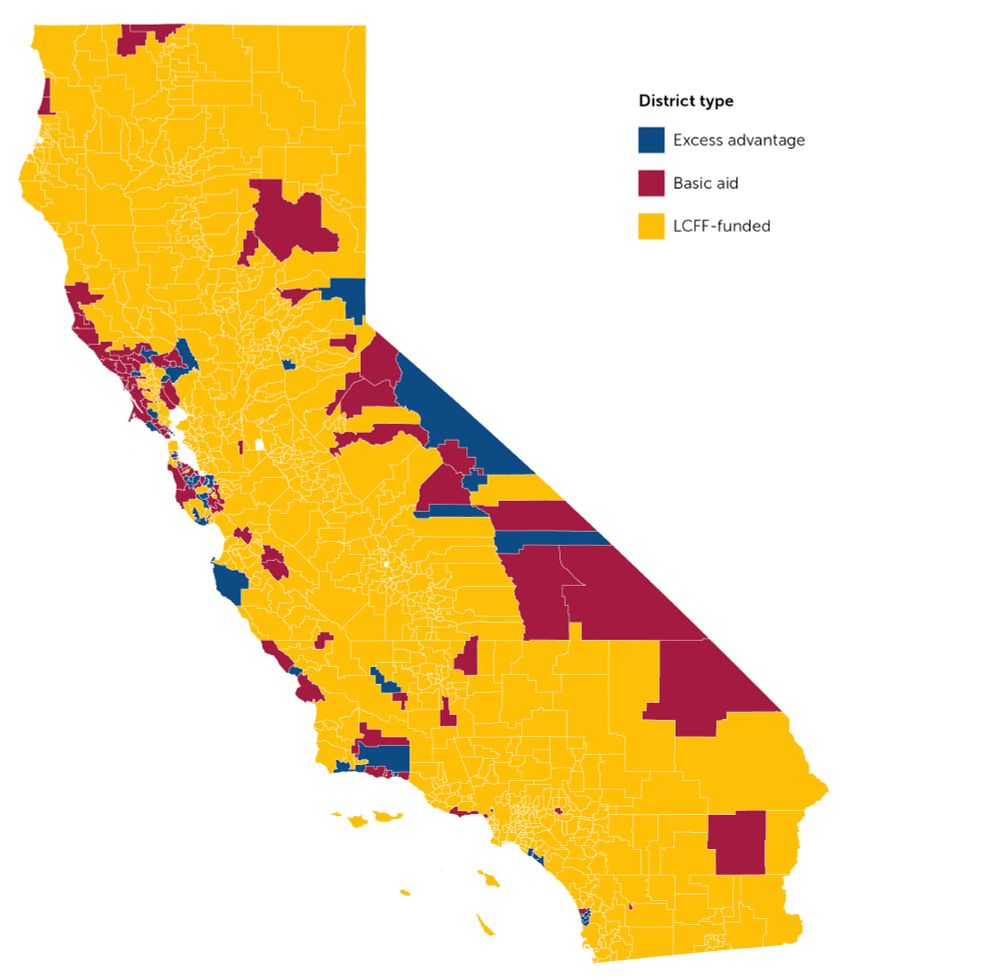PACE
@edpolicyinca.org
1.4K followers
670 following
190 posts
PACE is an independent, nonpartisan education policy research center based at Stanford, UC Davis, USC, UCLA, and UC Berkeley / https://edpolicyinca.org | Free newsletter: http://edpolicyinca.org/newsletter
Posts
Media
Videos
Starter Packs
Pinned
Reposted by PACE
PACE
@edpolicyinca.org
· 2d
PACE
@edpolicyinca.org
· 21d

Political tensions and tech shifts complicate roles on school boards, study shows
A USC EdPolicy Hub study found that school board members in California face challenges such as partisan politics, changing technology and uncertain funding, and recommended increased training and comp...
edsource.org
Reposted by PACE
PACE
@edpolicyinca.org
· Jul 15
PACE
@edpolicyinca.org
· Jul 15

PACE - Rethinking Chronic Absenteeism in California
Abstract: Chronic absenteeism—defined as missing 10 percent or more school days—has surged in California since the pandemic, with 20 percent of students chronically absent in 2023–24. This is not mere...
edpolicyinca.org
PACE
@edpolicyinca.org
· Jun 11
PACE
@edpolicyinca.org
· Jun 11
PACE
@edpolicyinca.org
· Jun 11
PACE
@edpolicyinca.org
· May 9
















